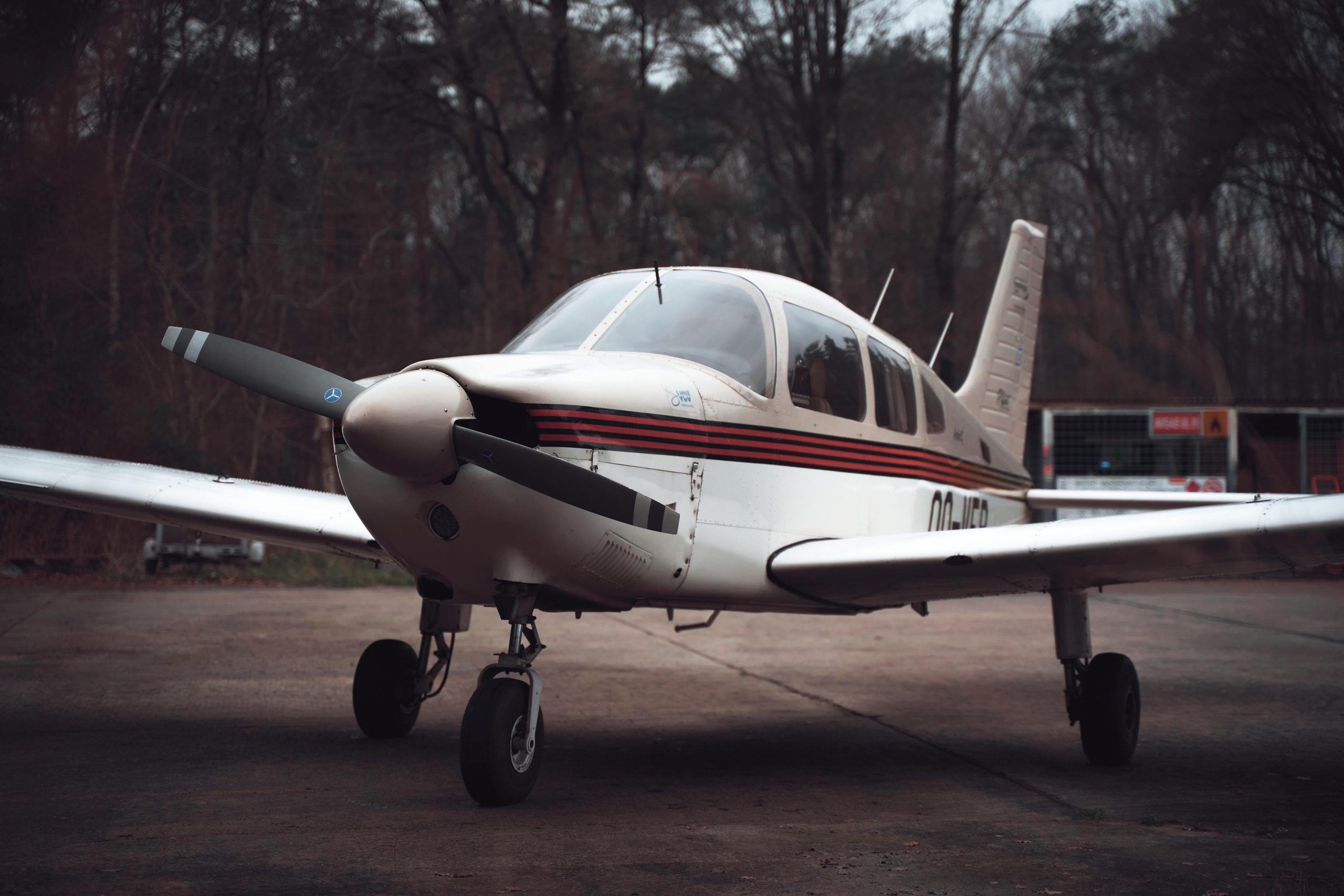The Future of Urban Air Mobility at Heathrow Airport: Preparing for Flying Taxis by 2028
As technological innovation accelerates, the concept of urban air mobility—particularly flying taxis—moves from science fiction to tangible reality. Heathrow Airport, one of the world’s busiest international hubs, is already contemplating how to integrate these futuristic vehicles into its existing infrastructure. By 2028, eVTOL (electric vertical takeoff and landing) aircraft could be commonplace, transforming how we travel into and out of major cities. However, significant logistical, safety, and infrastructural challenges must be addressed to make this vision operationally viable.
The Vision: Flying Taxis Taking Off from Heathrow
Recent insights from BBC Tech editor Zoe Kleinman highlighted the intriguing possibility of “flying cars” at Heathrow. Her description paints a captivating picture: these vehicles could launch from the airport, land at their destination airports or city centers, and then transition seamlessly from flight to ground-based travel—wings folding as they drive into town. While this concept promises rapid, congestion-free commutes, it raises pertinent questions about current infrastructure and safety protocols, given that airports are designed primarily for conventional airplanes.
Infrastructure Challenges and Safety Concerns
One of the primary hurdles is the lack of dedicated infrastructure tailored for eVTOL vehicles. Traditional airports are not equipped to handle vertical takeoff and landing aircraft, especially in close proximity to busy runways. Imagining aircraft with retractable propellers or wings opening alongside active jets immediately highlights safety concerns:
- Safety risks associated with opening crank doors beside large jets
- Potential hazards of nearby propeller retracting near runway operations
- Ensuring secure zones for eVTOL parking and boarding
To address these issues, airports will need to develop specialized facilities that accommodate the unique needs of flying taxis.
Potential Solutions: Dedicated Vertiports or Integrated Pads
Two primary models could emerge for Heathrow’s integration of eVTOLs:
-
Dedicated Vertiports: Isolated stations located away from the main passenger terminals, specifically designed for eVTOL operations. These facilities could feature reinforced safety measures, charging stations, and passenger access points, minimizing interaction with traditional aircraft and ground traffic.
-
Adjacent Pads at Terminals: Incorporating specialized helicopter or vertiport pads directly next to existing terminals. This approach offers convenience but would require significant modifications to current terminal layouts and careful safety considerations, particularly regarding noise and airspace management.
